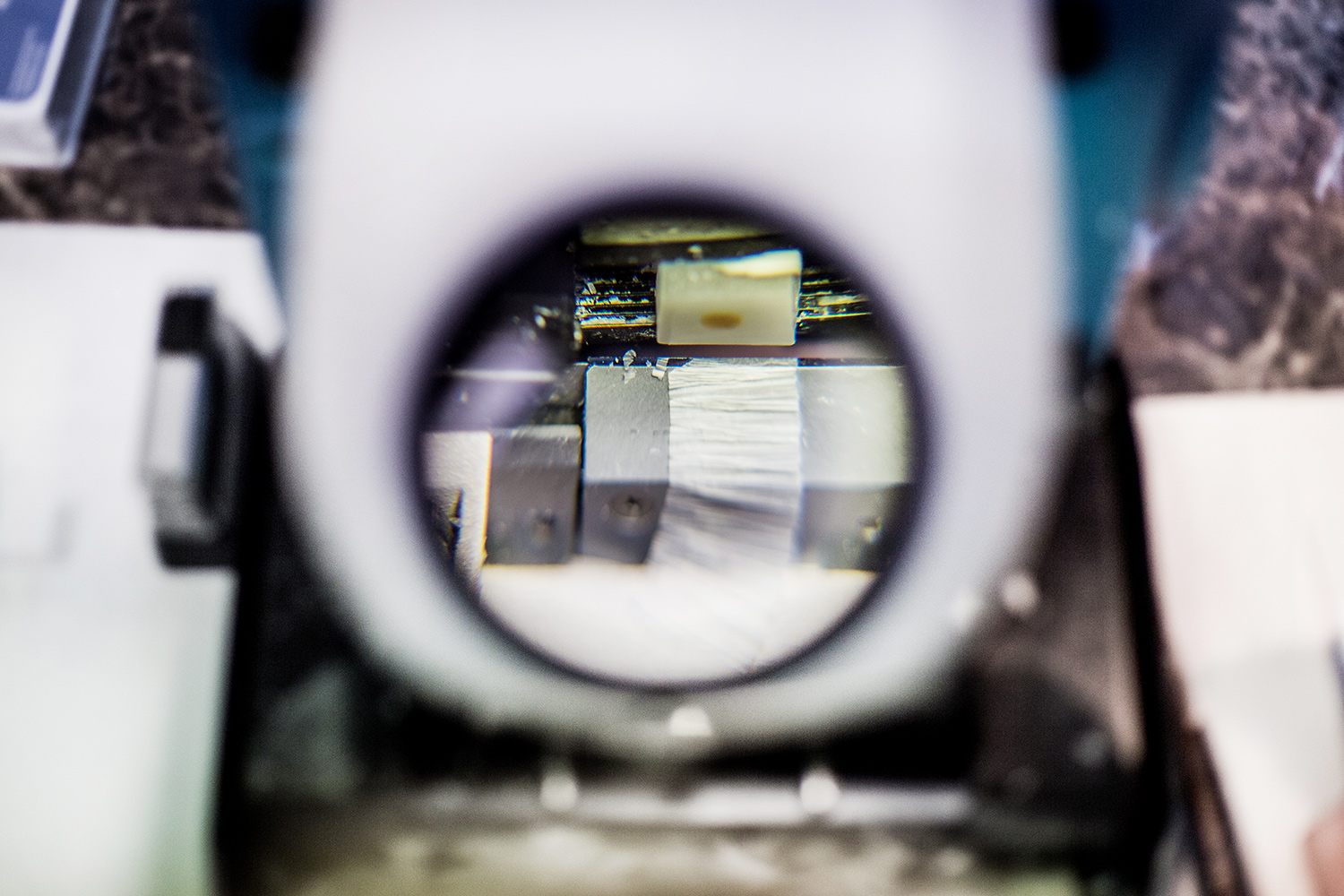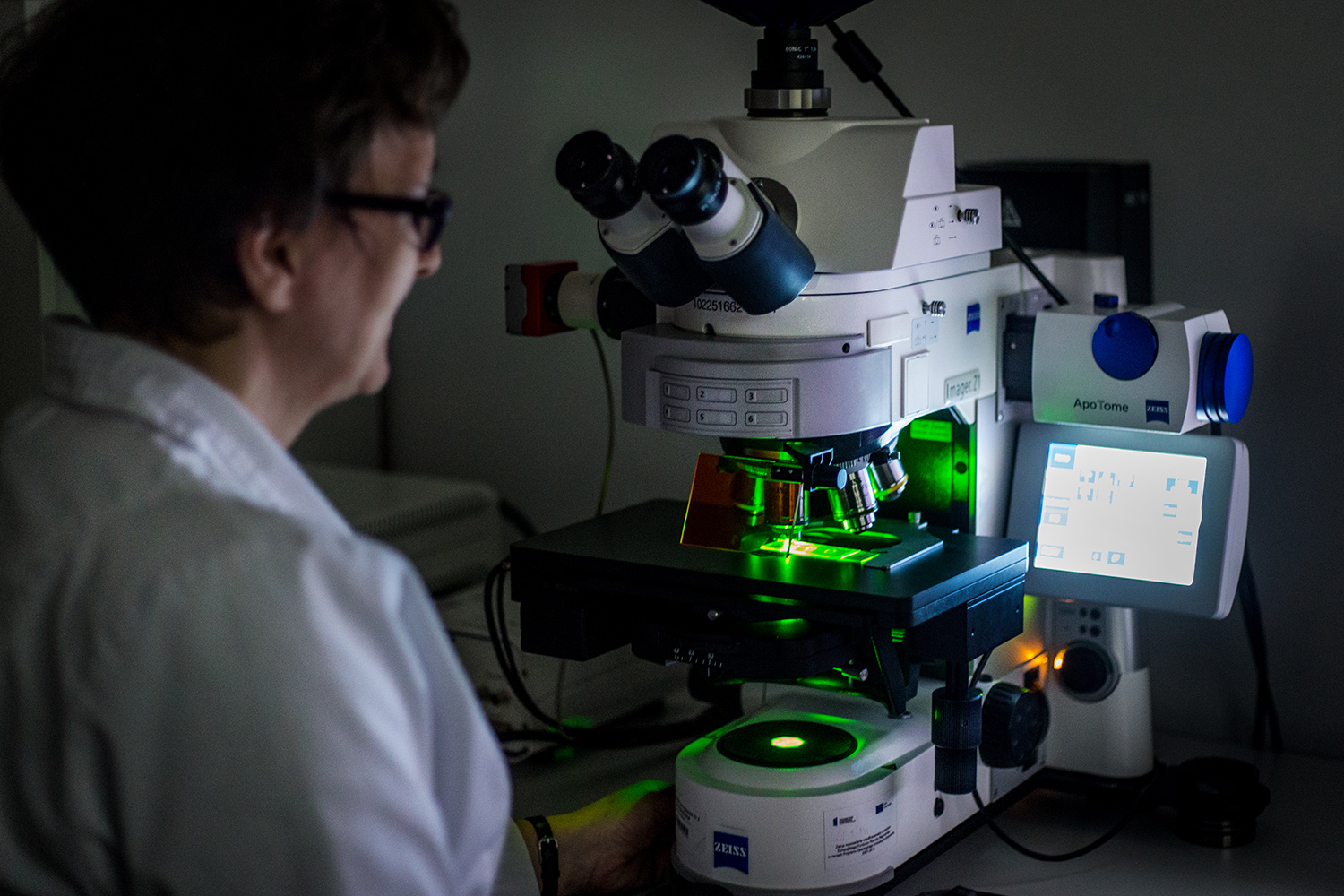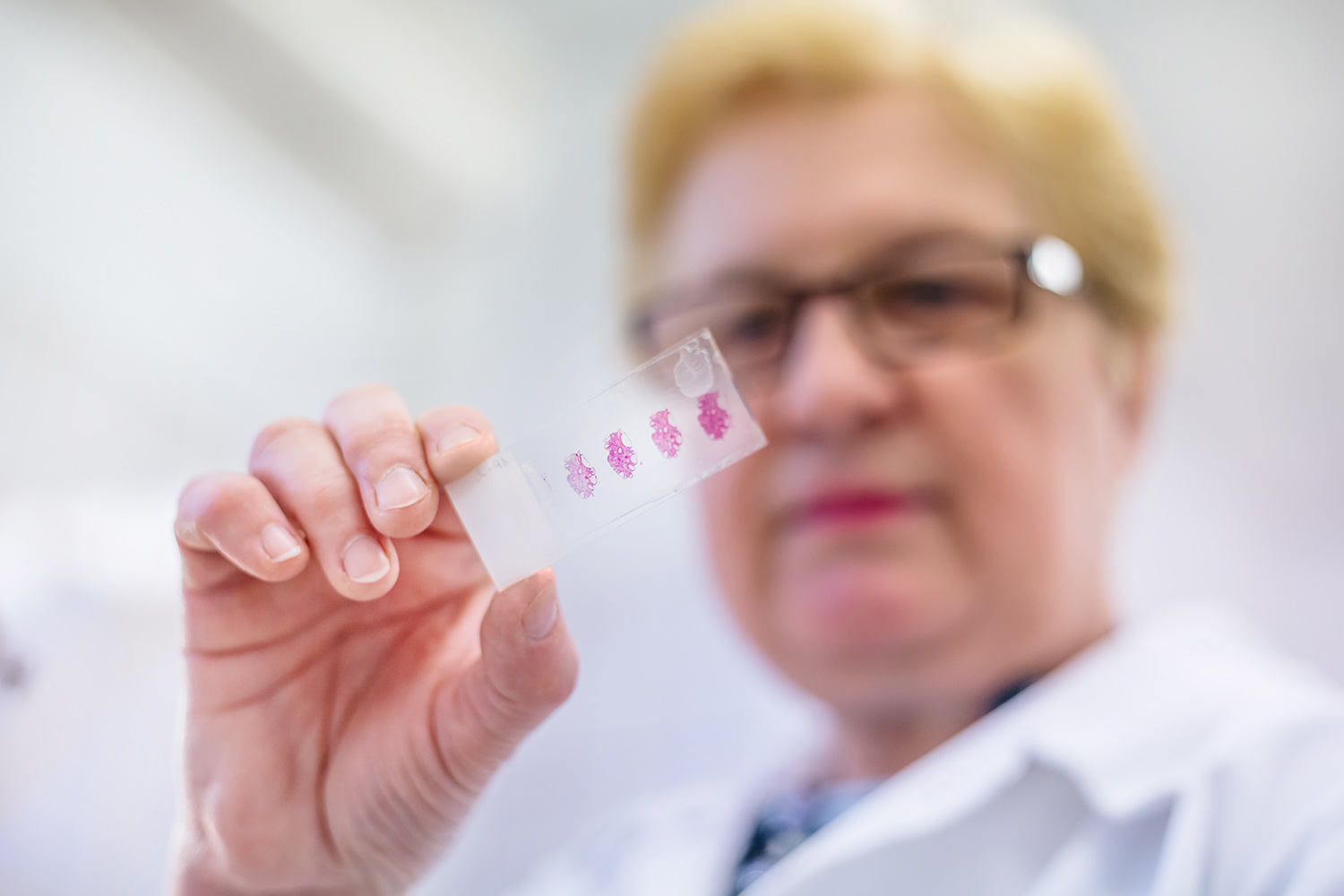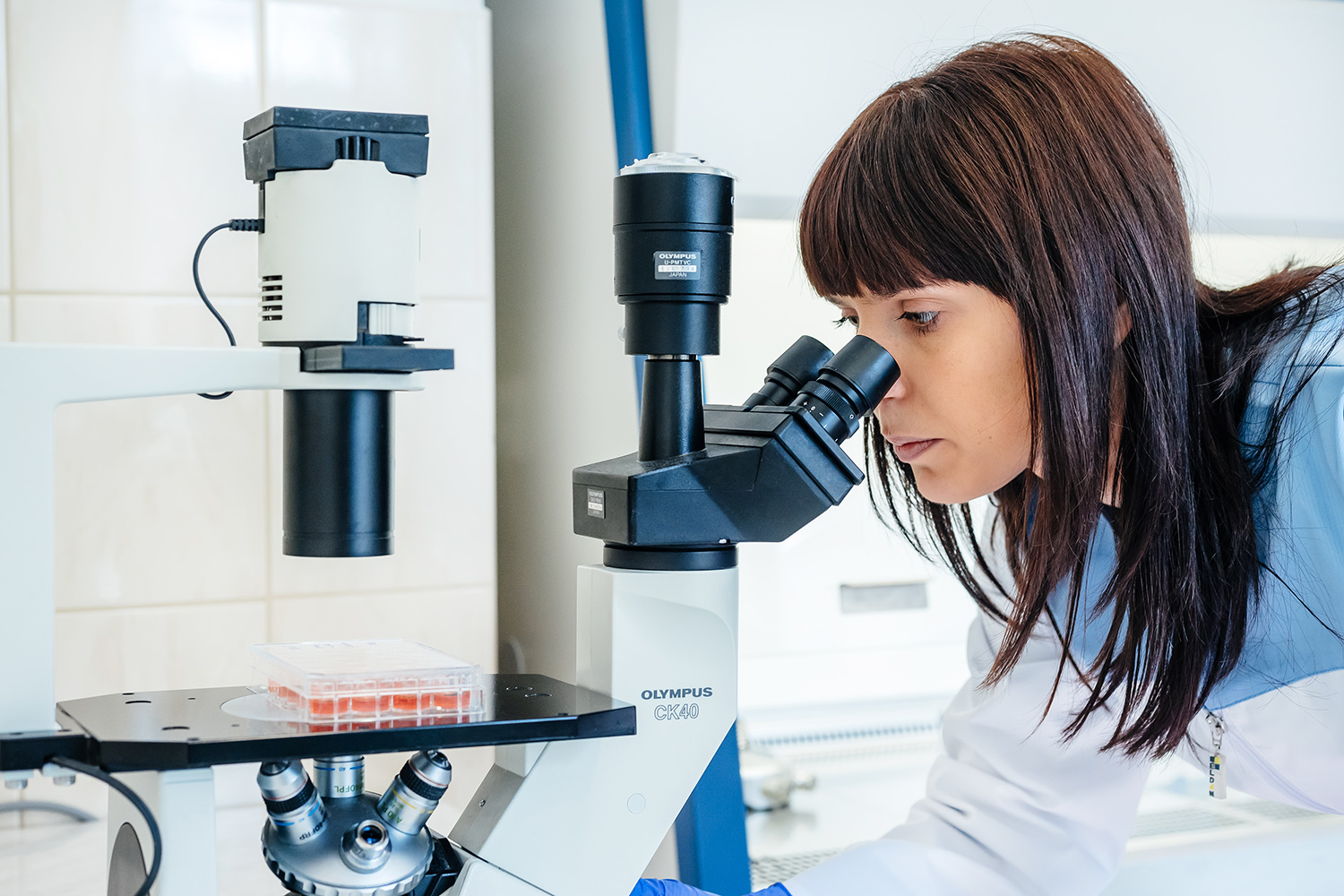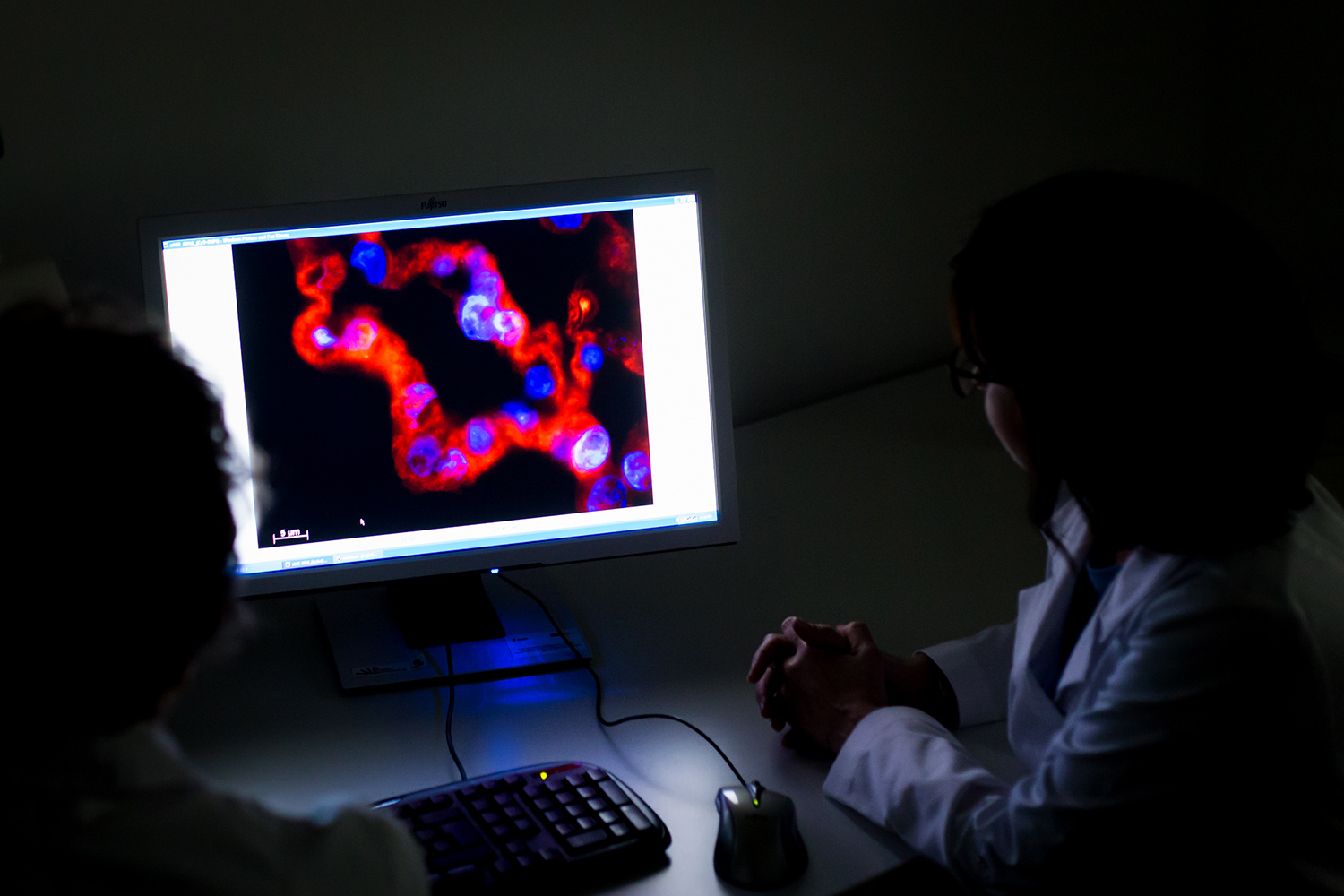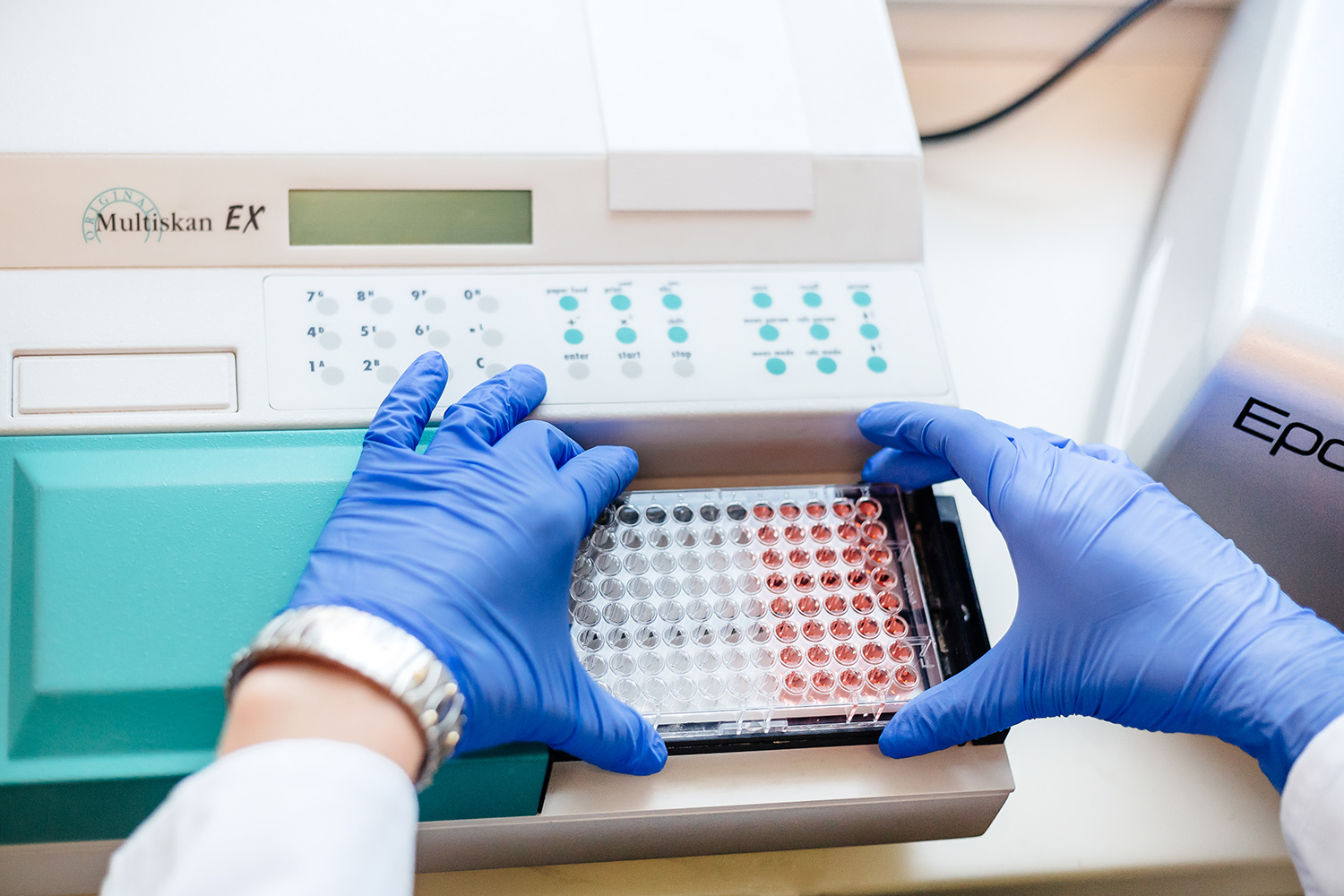- Indicating that increased amounts of PGE2 in the uterine lumen during the early pregnancy, play a significant role in embryo implantation, promoting adhesion of trophoblast cells in different type of placentation, such as in the human and the pig. Moreover, PGE2 increases synthesis and secretion of the porcine embryonic signal (estradiol), possibly through enhancement of aromatase gene expression;
- Prostacyclin synthase (PGIS) is differentially expressed in the endometrium of cyclic and pregnant gilts resulting in higher prostacyclin synthesis in pregnant animals. Moreover, porcine conceptuses are important regulators of endometrial PGIS expression and prostacyclin release during the implantation period;
- Demonstrating, that interleukin-6 and leukemia inhibitory factor are important components of embryo-maternal interaction during early pregnancy in the pig. Both cytokines acting through its receptors stimulate the attachment and proliferation of porcine trophoblast cells;
- Demonstration of the presence of PGE2 positive feedback loop in the porcine endometrium at the time of the maternal recognition of pregnancy. Primary conceptus signal, E2, and conceptus-derived PGE2 regulate the expression of prostaglandin synthesis pathway enzymes to favor the production of luteoprotective PGE2 in the endometrium;
- Cloning and sequencing of the porcine PGF2alpha synthase and PGE2 synthase cDNAs and characterization of their expression in the endometrium and conceptus/trophoblast;
- Determination of vascular endothelial growth factor (VEGF) and its receptors expression in the uterus during the estrous cycle and early pregnancy in pigs, that suggest its important role in implantation process and placenta development;
- Discovery of the LH receptors expression in the non-gonadal tissues of the porcine reproductive tract (confirmed later in other animal species and in human) and determination of the LH effect on the endometrium, myometrium and oviduct functions in different physiological states;
- Studies on potential application of Hecate-CGbeta conjugate to targeted ablation of gonadal and mammary tumours;
- Determination of the effects of hormonal estrus induction and supplementation with progesterone on endometrial receptivity, conceptus development and corpus luteum function in pigs;
- Demonstration that peroxisome proliferator-activated receptors (PPAR) are important for conceptus implantation and early placenta development in pigs;
- Determination of the role of prostaglandin synthesis enzymes and prostaglandin receptors during maternal recognition of pregnancy and implantation;
- Indicating that prostaglandin F2α plays important role in the processes involved in embryo implantation and that mechanism of its action is universal in different types of implantation and placentation (studies on non-invasive type of trophoblast in the pig and invasive ones in human);
- Characterization of changes in the porcine endometrial transcriptome in response to the primary embryonic signal (estradiol) in vivo;
- Elucidating the role of prokineticin 1 and its receptor (PROKR1) in process of embryo implantation and development of placenta in the pig;
- Determination of the direct relationship between the transcriptomic changes in porcine embryos in the early stages of pregnancy and miRNAs transported in extracellular vesicles present in the female reproductive tract. The identified miRNA-mRNA interactions may help in the development of methods improving reproductive performance in pigs and in a longer run contributing to increased efficiency of pig production;
- Demonstrating that activation of sirtuin 1 (SIRT1) in ovarian granulosa cells plays an important role during the periovulatory period, regulating gene expression and cellular processes crucial for proper cell differentiation. The activation and function of SIRT1 may be related to the cAMP-dependent signaling pathway.
